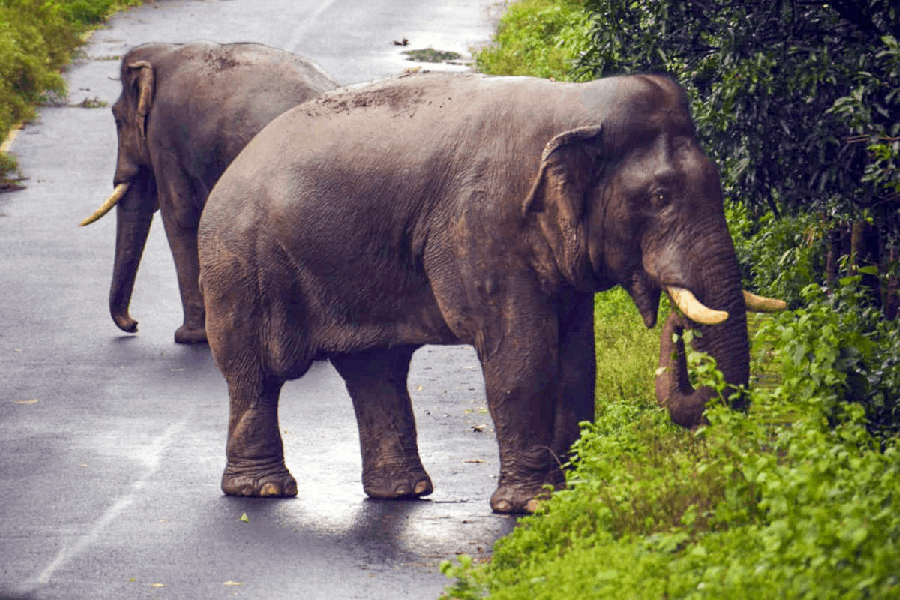|
|
Like the search for the most authentic portrait of Shakespeare, the debate over what the dodo looked like is yet to be over. A Dutch illustration going back to 1598 shows a gawky little creature with tiny wings like stumps, looking like a Walt Disney cartoon. In 1651, Jan Savery painted the dodo as an obese, smug bird with ugly, beady eyes. George Edwards painted it as a colourful, glamorous bird in 1759.
These striking disparities were not due to artistic errors alone. In its natural habitat, on the island of Mauritius, the dodo may have been a slim, even unremarkable, bird. When explorers started taking dodos to Europe, the birds lost touch with their natural diet. As their eating habit changed, so did their body structure. Still the bird proved inedible for humans because of its coarse, tasteless flesh. But dogs, cats, rats and pigs ate up its eggs, leading to its extinction in the 17th century.
There is a Shakespearean enigma in what is perhaps the most memorable depiction of the dodo. In Alice in Wonderland, as Alice and the animals finish the Caucus-race and get to dry themselves after they swim out of the pool of tears, a huge confusion erupts over the possible winner. The Duck, the Mouse, the Eaglet, the Lory and others gather around the Dodo excitedly. The latter “sat for a long time with one finger pressed upon its forehead (the position in which you usually see Shakespeare, in pictures of him),” then declared, “Everybody has won, and all must have prizes.”
While preparing a hand-written copy of his tale for the real Alice Liddell, Dodgson had consulted natural history books to make his animals credible. The Dodo was Dodgson’s particular favourite, not only as a character in his story, but also as a symbol of something arcane. He is believed to have modelled the Dodo on himself: deceptively sombre, nervous, but unpredictable. The Eaglet and the Lory are based on Alice’s sisters, Edith and Lorina respectively, while Dodgson’s friend, Robinson Duckworth, became the Duck. The pool-of-tears scene is based on an outing to Nuneham that the Liddell sisters made with Dodgson and Duckworth. They got drenched in the rain on the way back home.
Thus, the exchanges between Alice and the animals are like secret codes as well. Alice’s tiff with the Lory ends up with the latter turning sulky and saying, “I’m older than you, and must know better” — a typical exchange between the sisters in real life. In Some Versions of Pastoral, William Empson, while discussing Alice’s encounter with the Lory points out “a sense of the fundamental oddity of life given by the fact that different animals become grown-up at different ages”. So, a seven-year-old Lory is more grown-up than a seven-year-old girl, and therefore must surely know better. But with the Dodo, there is no debate over its age or authority; by default, it is ponderous and ageless.











